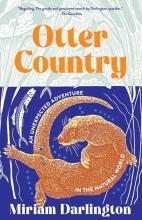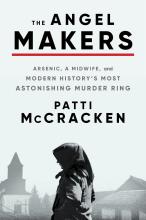Two friends, zero preparation, one dream. From the author of the beloved bestseller The Emerald Mile, a rollicking and poignant account of an epic 750-mile odyssey, on foot, through the heart of America’s most magnificent national park and the grandest wilderness on earth.
A few years after quitting his job to follow an ill-advised dream of becoming a guide on the Colorado River, Kevin Fedarko was approached by his best friend, the National Geographic photographer Pete McBride, with a vision as bold as it was harebrained. Together, they would embark on an end-to-end traverse of the Grand Canyon, a journey that, McBride promised, would be “a walk in the park.” Against his better judgment, Fedarko agreed to the scheme, unaware that the small cluster of experts who had completed the crossing billed it as “the toughest hike in the world.”
The ensuing ordeal, which lasted more than a year, revealed a place that was deeper, richer, and far more complex than anything the two men had imagined—and came within a hair’s breadth of killing them both. They struggled to make their way through the all but impenetrable reaches of its truest wilderness, a vertical labyrinth of thousand-foot cliffs and crumbling ledges where water is measured out by the teaspoon and every step is fraught with peril—and where, even today, there is still no trail along the length of the country’s best-known and most iconic park.
Along the way, veteran long-distance hikers ushered them into secret pockets, invisible to the millions of tourists gathered on the rim, where only a handful of humans have ever laid eyes. Members of the canyon’s eleven Native American tribes brought them face-to-face with layers of history that forced them to reconsider myths at the center of our national parks—and exposed them to the impinging threats of commercial tourism. Even Fedarko’s dying father, who had first pointed him toward the canyon more than forty years earlier but had never set foot there himself, opened him to a new way of seeing the landscape.
And always, there was the great gorge itself: austere and unforgiving but suffused with magic, drenched in wonder, and redeemed by its own transcendent beauty.
A Walk in the Park is a singular portrait of a sublime place, and a deeply moving plea for the preservation of America’s greatest natural treasure.










